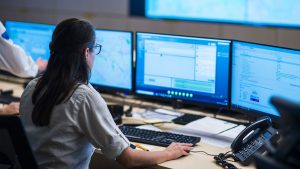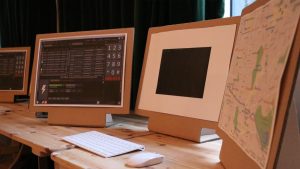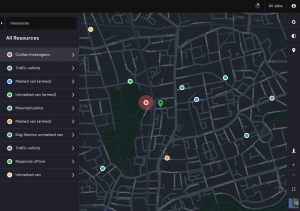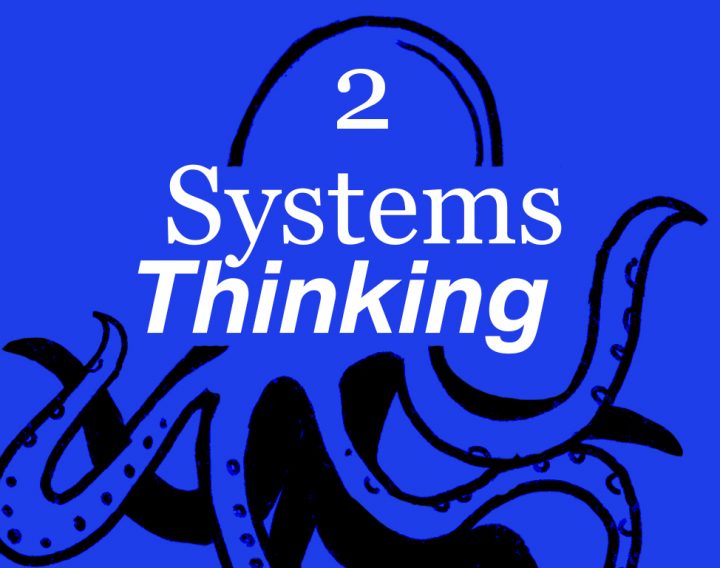Moving to a longer-term strategic partnership
The Snook and APD team began setting up visits to control rooms for further research and testing. But due to the COVID-19 pandemic and the pressures that put on the emergency services, the visits had to be put on hold and reimagined.
Following a pivot and restructure to the research and testing framework, the team began engaging with control rooms and APD teams remotely. This involved working flexibly with control room teams to provide times and channels that worked for them. A sign-up form was developed which asked individuals to select preferred dates, times and video call software.
Crafting principles to guide strategic design decisions
Early on in the project, the team developed a set of principles based on the needs, behaviours and context of control rooms. These were created as a set of values for the product and service to act as a guidepost for the project team to continually check their decisions against. The design principles were:
Control room staff don’t need extra noise, redundant information and tools they don’t use. Keeping things simple doesn’t mean we simplify them. We cater to the complexity of the interactions we support, without unnecessary clutter.
Time spent trying to find the right information is time taken away from getting to the scene of an incident quickly. Our objective is to ensure that control room staff don’t waste time on avoidable tasks like duplication, moving items around on screen and trying to find information.
Control room staff develop preferred ways of working to maximise their efficiency. One size doesn’t fit all. We need to create multiple ways for people to navigate and share information so they can personalise their workflow.
Heat mapping of eye movements has shown that people who use multiple monitors eyes’ travel vast distances in a typical workday. Designing to avoid unnecessary eye strain can reduce fatigue and increase productivity.
Our design needs to incorporate future use and integrations. Wherever possible we should focus on the application and extension of existing design patterns. We see our product as a set of modular elements.
Testing prototypes with control room operatives
Key design features, iconography and user stories were tested with control room operatives. Using a Figma prototype environment allowed us to learn quickly and refine. Once we arrived at a validated design, the individual features were shared with the APD development team to be implemented in the live Azure environment. These were then re-tested in future rounds of testing sessions where, when possible, the user was ‘driving’ the real product software in mocked-up scenarios.
Transforming the organisation with a service mindset
APD had already restructured teams and roles as the Snook team were working with them. This provided a great opportunity to influence and define an operating model and organisational structure with a service mindset.
We ran a series of workshops with the APD strategy team, provided on the ground training with the development team and held informal meetings to refine an end to end customer experience that took us into a full-stack service design approach. Together we helped to move APD from a traditional IT, technology first, organisation to one that balances business needs and capabilities with user and customer needs.








